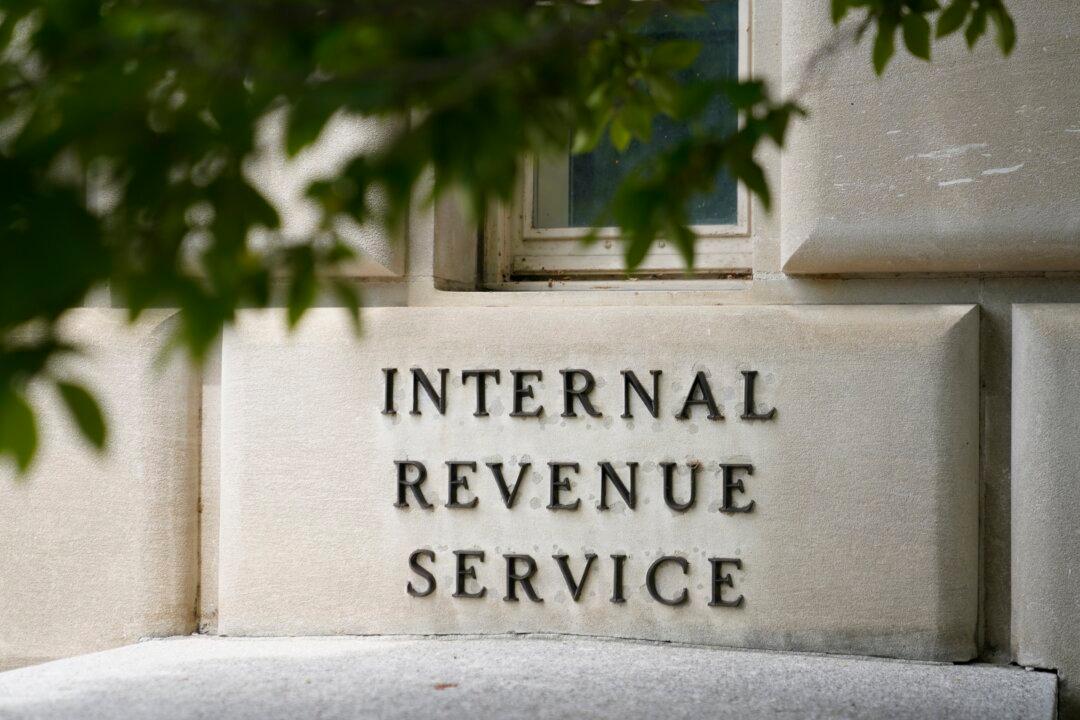The Internal Revenue Service (IRS) has issued a notice to taxpayers that as part of its compliance crackdown on dubious pandemic-era tax credit claims, the agency will be sending out letters to taxpayers demanding the return of funds “erroneously claimed and received.”
The IRS’s latest warning, issued on Dec. 6, relates to a flood of bad claims for the pandemic-era relief program known as the Employee Retention Credit (ERC). This is a refundable tax credit designed for businesses that continued paying employees during COVID-19 shutdowns.





